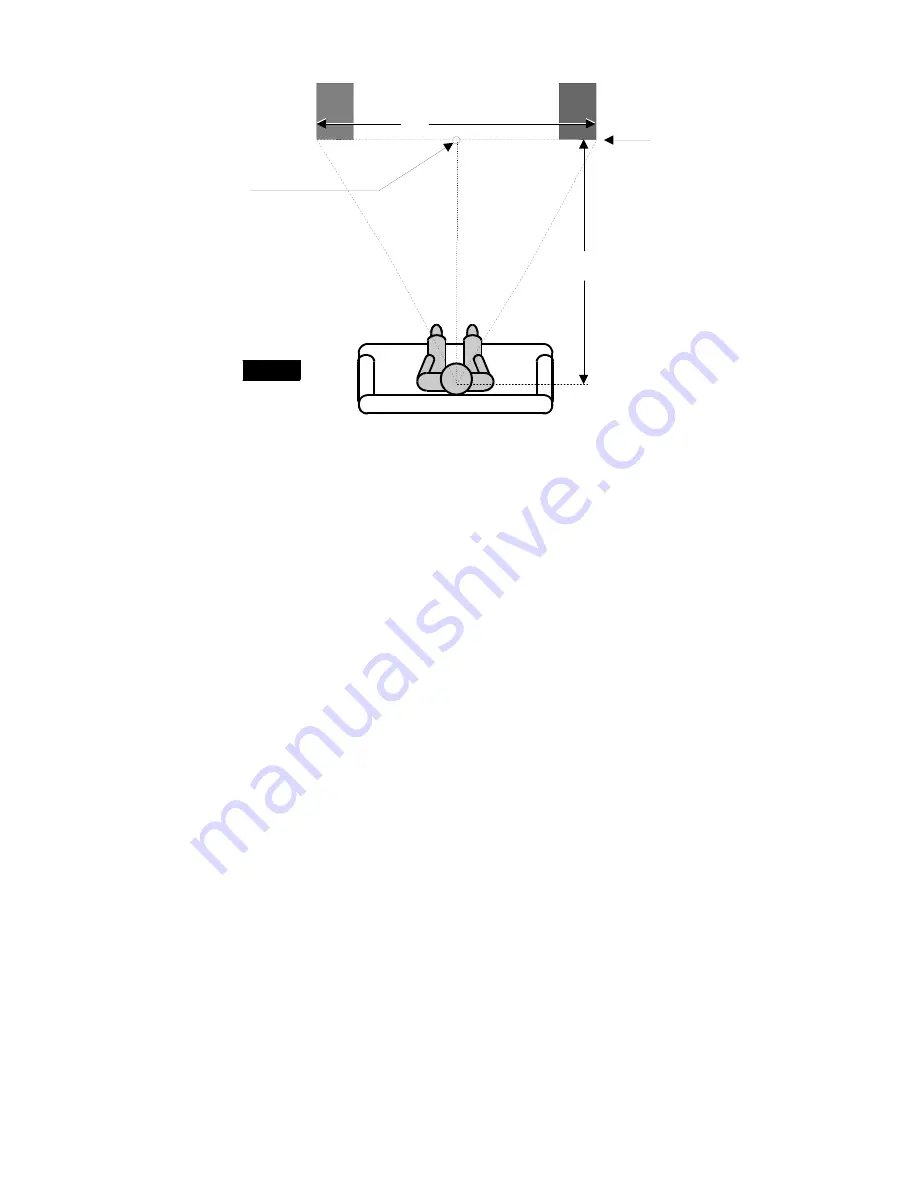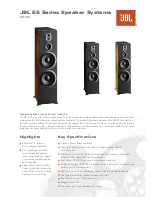
Experimentation is the key to finding the best arrangement in your individual listening environment. Small changes in
speaker position can sometimes have a significant effect on the sound. For example, moving the speakers closer to room
boundaries (walls, corners) will tend to increase their bass output, but may result in “boomy” or “muddy” bass response.
Conversely, moving the speakers farther away from room boundaries will decrease the bass response but may result in
increased clarity and bass articulation. Also, room furnishings play an important role in absorbing and reflecting
soundwaves. If you are willing to spend some time, you can fine-tune the performance of your system.
!
!
Operation
The SuperOnes are compatible with virtually all quality amplifiers. Proper wiring of the speakers is essential to good sound.
Please observe the following connection guidelines in order to achieve maximum performance.
When estimating speaker wire lengths, allow enough slack to permit moving the speakers around your listening room to
their optimum location. To prepare your speaker wire, remove 1/4" to 3/8" of insulation, then twist the exposed wire strands
tightly. At a minimum, 18-gauge speaker wire is recommended for runs of 20 feet or less. Heavier gauge wire is
recommended for longer runs. When connecting any components,
always make sure all wires are connected in-phase,
so that the positive wire (+) is connected to the positive terminals on both ends and the negative (-) wire is connected to
the negative terminals on both ends.
All speaker wires have some sort of marking along one or both conductors to help
you make the correct connections. Incorrect speaker phase is indicated by weak bass and the lack of a well-defined stereo
image.
To minimize noise pickup, segregate wires by function. Do not run low level signal wires parallel to power cords or
speaker wires. Also, do not run speaker wires or digital cables parrallel to power cords or parallel to each other. These
different types of cables will usually be near each other at some place in your setup. If parallel runs must be made,
separate cables by the maximum practical distance and where cables meet, cross them at right angles.
Your speakers require minimal maintenance under normal use. The cabinet may be cleaned using a damp cloth or a mild,
non-abrasive cleaner. Do not attempt to clean the actual drivers. The SuperOne was designed to handle a wide range of
listening levels, but every speaker has limits. It is important to use common sense and listen for signs of possible distress
from the speakers. Noticeable distortion or harsh breakup is an indication that either your amplifier or your speakers are
running beyond their capacity, and the volume should be decreased. If you can feel any heat emanating from the front of
the woofer or tweeter, reduce the level immediately. Speaker damage most often occurs from sustained high volume
levels, not from transient sounds or brief musical peaks. Excessive boosting of bass, treble or equalizer controls can
worsen the problem, and is not recommended.
D
1.5 x D
Speaker
Plane
Center of
Speaker
Plane
Fig. 1
3






















